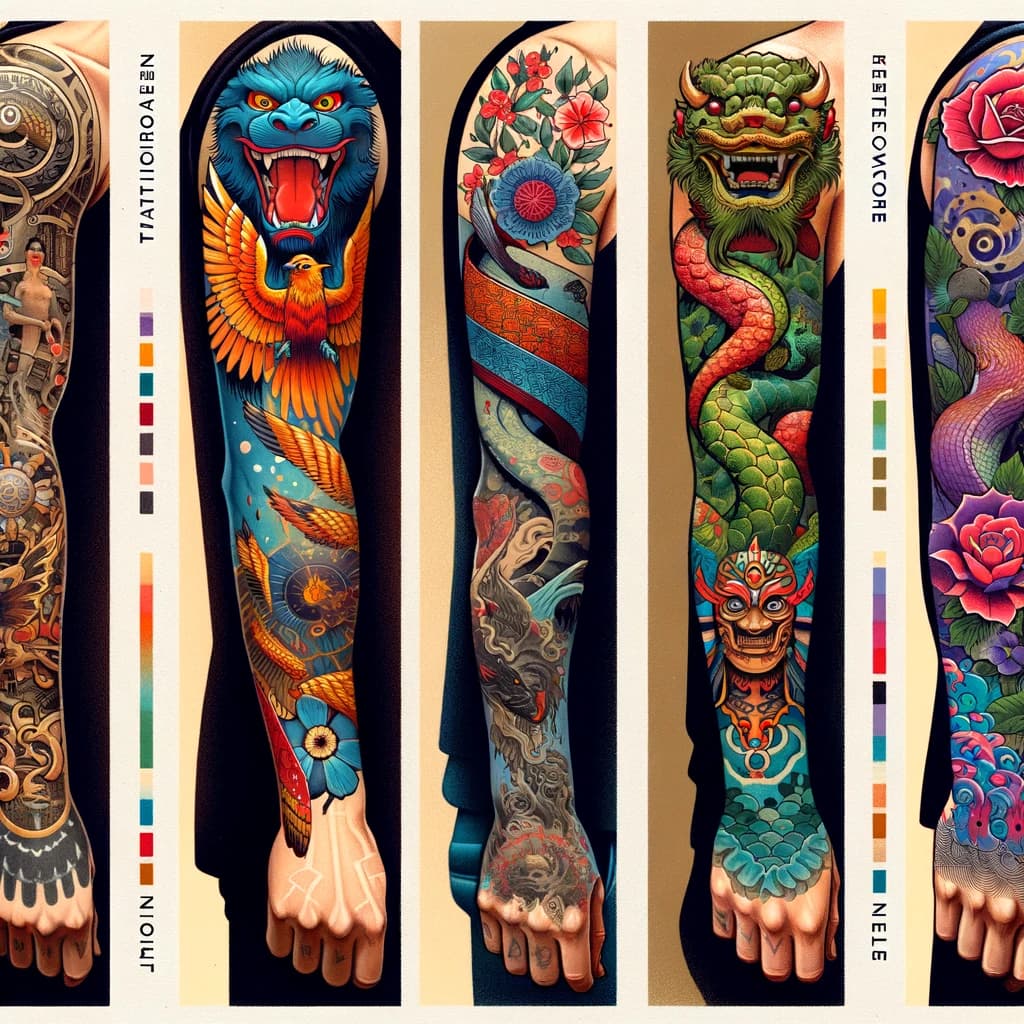Embracing Ink: A Global Journey Through Tattoo Culture
Introduction
Tattoos are a form of expression that transcends borders, languages, and cultures. Across the globe, different cultures have developed unique tattoo traditions and styles, each with its own historical significance, meanings, and methods. This blog takes you on a journey to explore the rich and diverse world of tattoo culture around the globe, highlighting how various cultures embrace tattoos and the unique styles they have cultivated.
The Spiritual Ink of Polynesia
In Polynesian culture, tattoos, or 'tatau,' hold profound spiritual and social significance. These intricate patterns tell stories of lineage, social status, and achievements. The traditional method of hand-tapping the ink into the skin is a rite of passage, deeply embedded in ritual and ceremony.
The Artistic Expressions of Japan (Irezumi)
Japanese tattoos, known as Irezumi, are renowned for their elaborate, full-body designs that tell tales of mythology, nature, and the samurai code of honor. This style is characterized by vibrant colors, detailed imagery, and the seamless integration of motifs into the body's contours, reflecting a deep respect for tradition and artistry.
##The Bold Symbols of Native American Tattoos For many Native American tribes, tattoos are a sacred form of expression, embodying tribal affiliations, achievements, and spiritual beliefs. These designs often feature animals, natural elements, and geometric patterns, each symbolizing different aspects of life and spirituality.
The Dynamic Maori Moko
In Maori culture of New Zealand, 'moko' tattoos are a powerful symbol of identity and social status. Traditionally applied to the face and body using chisels, these tattoos represent family history, tribal affiliations, and personal achievements, making each moko unique to the individual.
The Timeless Tradition of Sak Yant in Thailand
Sak Yant tattoos, created by Buddhist monks and practitioners, are believed to provide protection, luck, and powers to the wearer. These sacred geometrical designs, inscribed with ancient Pali scriptures, are imbued with spiritual energy through specific rituals and chants.
The Ancient Marks of the Berber Women
In the Berber culture of North Africa, tattoos serve as symbols of beauty, health, and protection. The facial tattoos of Berber women are particularly significant, often indicating marital status, fertility, and tribal identity, passed down through generations as a rite of passage.
Conclusion
The global tapestry of tattoo culture is as varied as it is fascinating, offering a window into the values, beliefs, and stories of different societies. From the spiritual significance of Polynesian tatau to the protective powers of Sak Yant, tattoos around the world continue to serve as a profound means of expression, identity, and belonging. As we explore these diverse traditions, we gain a deeper appreciation for the art of tattooing as a universal language of humanity.
